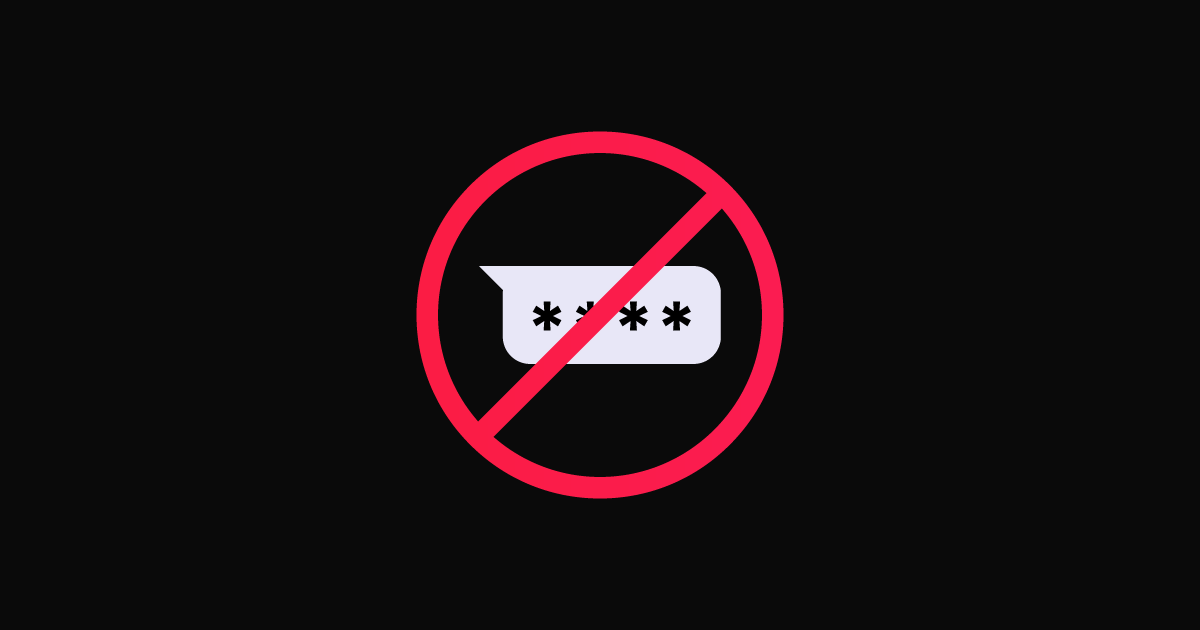When it comes to entertainment apps, we often presume that security isn’t as important. It’s why we use fake names and usernames, and simple passwords, usually choosing not to switch on two-factor authentication.
In 2023, however, this really shouldn’t be the case.
After all, it’s often that we input our payment information into these apps to pay for subscriptions or purchase add-ons, and I’m sure we’d love to keep them secure.
Having said that, because of the nature of these apps, it’s important to keep a frictionless user experience: something many think is not possible together with high security.
This balance is achievable. Let me take you through it…
The Mobile Entertainment Revolution
Over the last decade, mobile phones have grown to become the primary source of entertainment. And we can confirm this with findings from a recent MEF Report.
Over 60% of consumers have used mobile phones to listen to music, use social media, play a game, and watch video clips, TV, or films in the past 6 months!
What about you? I’m guessing the answer is positive.
That being said, only 52.4% consider mobile phone payments and communication moderately safe.
That’s almost half of consumers who worry about their safety each time they purchase something over mobile — or that’s almost half of consumers that you should convince of your app’s security.
If you manage it, you’re likely to see an increase in user trust and customer retention. Of course, without deteriorating the seamless user experience that users today expect.
Balancing UX and Security: The Challenge
It’s a complicated relationship between the two, especially when you take into account how often they’re pitted against each other. But users need both.
We’ve seen above that security is needed to make them comfortable to actually make purchases online. On the other hand, they also want convenience.
What’s more, they’re used to this convenience.
The MEF Report has found that 72% of consumers are aware that mobile apps and services are convenient and easy to use. And should this change, you risk losing customers.
Believing that it’s one or the other, this is where developers usually fall into the trap and compromise, typically security for a great user experience.
They stick to passwords at the very least, or add SMS OTP-based as the second authentication factor.
It goes without saying that the first option is unacceptable in today’s day and age when 80% of breaches involve passwords. Even users are aware of this with 68% believing passwords to be the least secure method of security.
While adding any factor to passwords is a good idea, but staying away from SMS OTP is an even better one.
The SS7 technical flaw can be used to intercept or reroute an SMS message that contains your one-time password. Moreover, there are inherent SIM swapping risks, an almost foolproof cyberattack method with an 80% success rate. Last but not least, the user experience is far from ideal and the solution isn’t really cost-effective.
But let’s say you’ve implemented these two in combination. What’s the worst-case scenario?
You open yourself to cyberattacks. They incur huge direct costs. But your business ends up losing even more over time due to deteriorated user trust.
Well, it doesn’t have to be that way. Not today.
Bridging the Gap with Innovative Solutions
We’ve developed IPification on three principles: bank-grade security, frictionless user experience, and data privacy — another important aspect of mobile authentication solutions.
Did you know that almost two-thirds of people avoid sharing personal information online because they are concerned about the amount of data collected? It’s just another great competitive advantage that you could have under your belt and win over user confidence.
IPification is the leading global provider of mobile IP address-based authentication, phone verification, and fraud prevention solutions. So it relies on the mobile network operator tech infrastructure to authenticate users.
To do it, it assigns each user a unique Mobile ID key made of the phone number, network, and device data. To authenticate, the user only needs to click once and they’re verified within milliseconds.
It’s bank-grade security coupled with a seamless user experience, and because none of the personal data is ever sent over the network, maximum data privacy.
In cases where the user isn’t a subscriber of one of our many mobile network operator partners, IPification IM Auth jumps in and verifies the user via WhatsApp, Viber, or Telegram. Compared to our flagship solution, it takes another extra click to complete.
And there you have it: the magical recipe for winning over your users’ trust, and ensuring they become repeat customers. And don’t be shy: market that competitive advantage, win over users from your competitors and make your business flourish.



